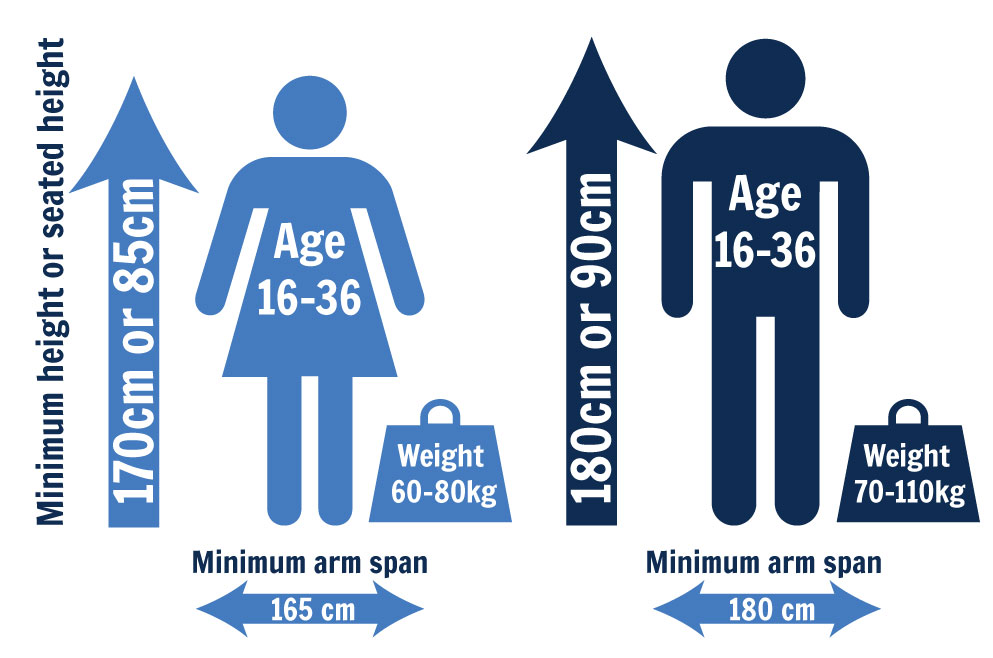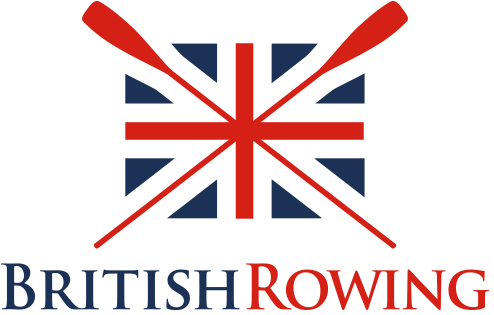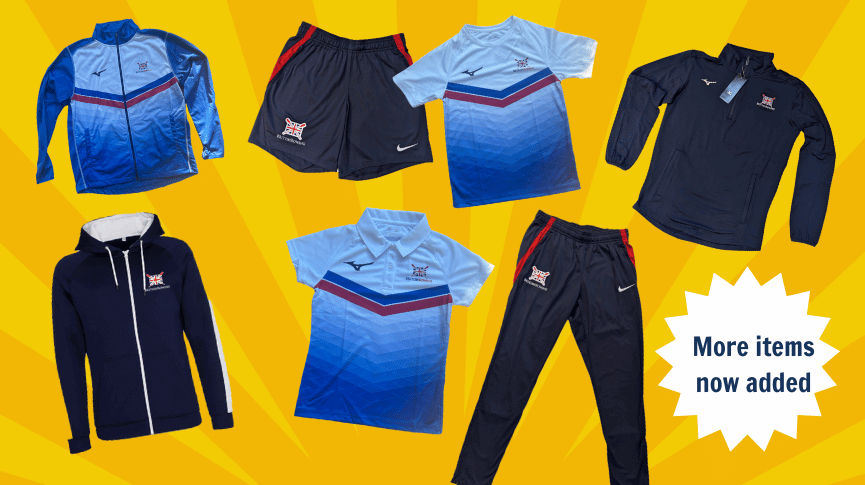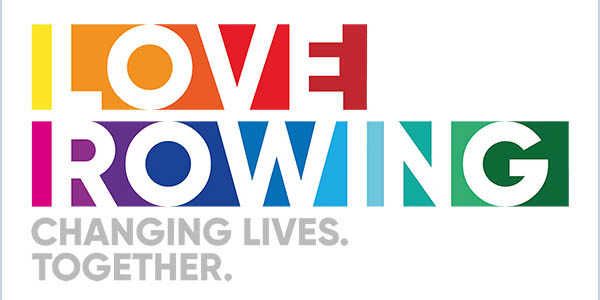GB Para-Rowing – PR2 Mix2x
For scullers who have functional use of their arms and trunk but have weakness/absence of leg function to slide the seat
The Paralympic rowing team is made up from 11 athletes across four boats; the PR1 men’s and women’s single scullers, the PR2 mixed double sculls, the PR3 mixed double sculls and the PR3 mixed coxed four.
Without new athletes though, there’s a very real risk that we won’t be able to field a full team for each new Olympiad. So we’re always on the lookout for talented, driven individuals who have the right mental and physical attributes to make it as a competitive international para-rower. No rowing experience necessary!
Want to find out about our other crews in the Paralympic team?
PR2 Mixed double sculls
We currently have two athletes on the GB Team who compete in the PR2 mixed double sculls; Lauren Rowles and Gregg Stevenson.
Lauren is a double Paralympic champion, having won gold at the Rio 2016 and Tokyo 2020 Games with Paurence Whitely. Following Laurence’s retirement after Rio, Lauren was unable to compete at the World Rowing Championships in 2022 because she didn’t have a rowing partner. In 2023, she teamed up with Gregg Stevenson, a former member of 59 Commando Squadron Royal Engineers who lost both his legs in 2009 in an IED blast in Afghanistan. Gregg had trialed for the Para team in 2016 but had moved on to other sports after not being selected. The new combination took the 2023 season by storm winning at the European and World Championships, and setting three new World Best Times on the way.
Are you up for a new challenge?
We’re not going to lie, training to be an elite athlete in the GB Para-Rowing Team is not for everyone. You may well have never picked up an oar before but you’ll know that you have that inner drive and toughness to take on the challenge. If you have that, then we’ll do everything we can to get you to the start line – it’s a fantastic opportunity for the right person.
We are looking for people with commitment, passion, determination, and a desire to achieve at the highest level, who are prepared to invest in themselves and the Para-Rowing squad.
Who we’re looking for
Based on our experience, to be a successful para-rower you will match certain benchmarks set out below.

Please note: For the seated height measurement the person should be sitting on the floor.
The criteria described below will enable classification into the following Sport Classes:
| Sport Class | Competitive Disability |
|---|---|
| PR1 (Previously known as AS – Arms Shoulder) | Incomplete spinal cord lesion Complete T12 spinal cord lesion Bilateral above knee amputee |
| PR2 (Previously known as TA – Trunk Arms) | Significantly reduced knee flexion (e.g. fused knee, deformation of hip/knee area) Bilateral lower limb amputee (one above knee, one below) Incomplete spinal cord lesion |
| PR3 (Previously known as LTA – Legs Trunk Arms) | Restricted ankle/wrist movement (e.g. fused ankle, club foot) Three finger amputation on one hand B3/B2 visual impairment Below knee amputee with residual stump longer than half of original tibia length Erb’s Palsy or Cerebral Palsy |
- Sport Class:
- PR1
(Previously known as AS – Arms Shoulder) - Competitive Disability:
- Incomplete spinal cord lesion
Complete T12 spinal cord lesion
Bilateral above knee amputee
- Sport Class:
- PR2
(Previously known as TA – Trunk Arms) - Competitive Disability:
- Significantly reduced knee flexion (e.g. fused knee, deformation of hip/knee area)
Bilateral lower limb amputee (one above knee, one below)
Incomplete spinal cord lesion
- Sport Class:
- PR3
(Previously known as LTA – Legs Trunk Arms) - Competitive Disability:
- Restricted ankle/wrist movement (e.g. fused ankle, club foot)
Three finger amputation on one hand
B3/B2 visual impairment
Below knee amputee with residual stump longer than half of original tibia length
Erb’s Palsy or Cerebral Palsy
Find out more
What next?
If you think you have what it takes, we want to hear from you! Just click the button below to register your interest and one of the team will be touch with you to follow up very soon.
Don’t forget to follow the journey through @BritishRowing or @ItsLaurenRowles on Instagram!
 We’re not all cut out to be Paralympians but rowing is open to anyone with an impairment. Adaptive rowing allows our sport to be adapted to allow anyone to take part regardless of any disability. Many clubs around the country offer adaptive rowing opportunities and you can read more about these on our adaptive rowing pages.
We’re not all cut out to be Paralympians but rowing is open to anyone with an impairment. Adaptive rowing allows our sport to be adapted to allow anyone to take part regardless of any disability. Many clubs around the country offer adaptive rowing opportunities and you can read more about these on our adaptive rowing pages.



